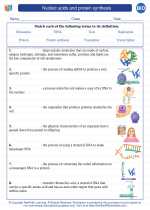Concrete
Concrete is a versatile and durable building material that is used extensively in construction. It is composed of a mixture of cement, water, aggregates (such as sand or gravel), and often, admixtures. It hardens over time to form a strong and solid material that is used for building foundations, roads, bridges, and other structures.
Composition of Concrete
Concrete is made up of the following components:
- Cement: Cement is the binding agent in concrete. It is made from limestone, clay, and other materials and undergoes a chemical reaction with water to form a solid mass.
- Water: Water is used to hydrate the cement and initiate the chemical reaction that causes it to harden.
- Aggregates: Aggregates, such as sand and gravel, provide bulk and strength to the concrete. They make up the majority of the volume of the concrete.
- Admixtures: Admixtures are added to concrete to alter its properties, such as increasing workability, reducing water content, or enhancing strength and durability.
Properties of Concrete
Concrete exhibits several important properties that make it a desirable construction material:
- Strength: Concrete has high compressive strength, making it suitable for supporting heavy loads.
- Durability: Properly cured concrete can last for decades without significant deterioration.
- Workability: Concrete can be easily molded and shaped into various forms before it sets.
- Fire Resistance: Concrete is non-combustible and provides fire protection to buildings.
- Thermal Mass: Concrete has the ability to absorb and retain heat, which can help maintain indoor temperatures.
Study Guide
When studying concrete, it's important to understand its composition, properties, and various applications. Here are some key topics to focus on:
- Chemical reactions involved in the hydration of cement
- Factors affecting the strength and durability of concrete
- Importance of proper curing techniques for concrete
- Environmental impact of concrete production and potential sustainable practices
- Applications of concrete in construction and infrastructure
Additionally, hands-on experience with mixing and casting concrete can provide valuable insight into its behavior and properties.
Understanding the role of concrete in the construction industry and its impact on the built environment is essential for aspiring engineers, architects, and construction professionals.
[Concrete] Related Worksheets and Study Guides:
.◂Biology Worksheets and Study Guides High School. Nucleic acids and protein synthesis
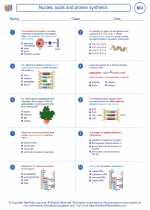
 Worksheet/Answer key
Worksheet/Answer key
 Worksheet/Answer key
Worksheet/Answer key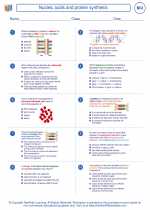
 Worksheet/Answer key
Worksheet/Answer key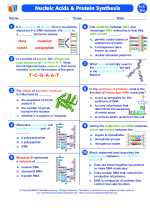
 Vocabulary/Answer key
Vocabulary/Answer key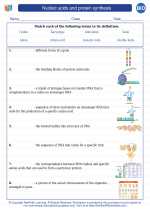
 Vocabulary/Answer key
Vocabulary/Answer key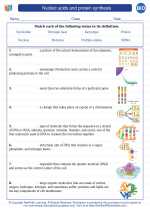
 Vocabulary/Answer key
Vocabulary/Answer key